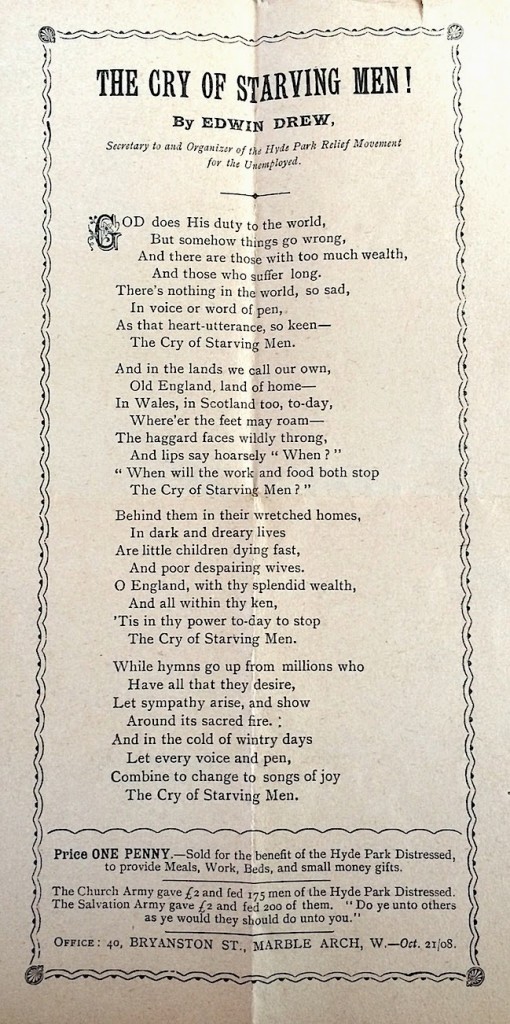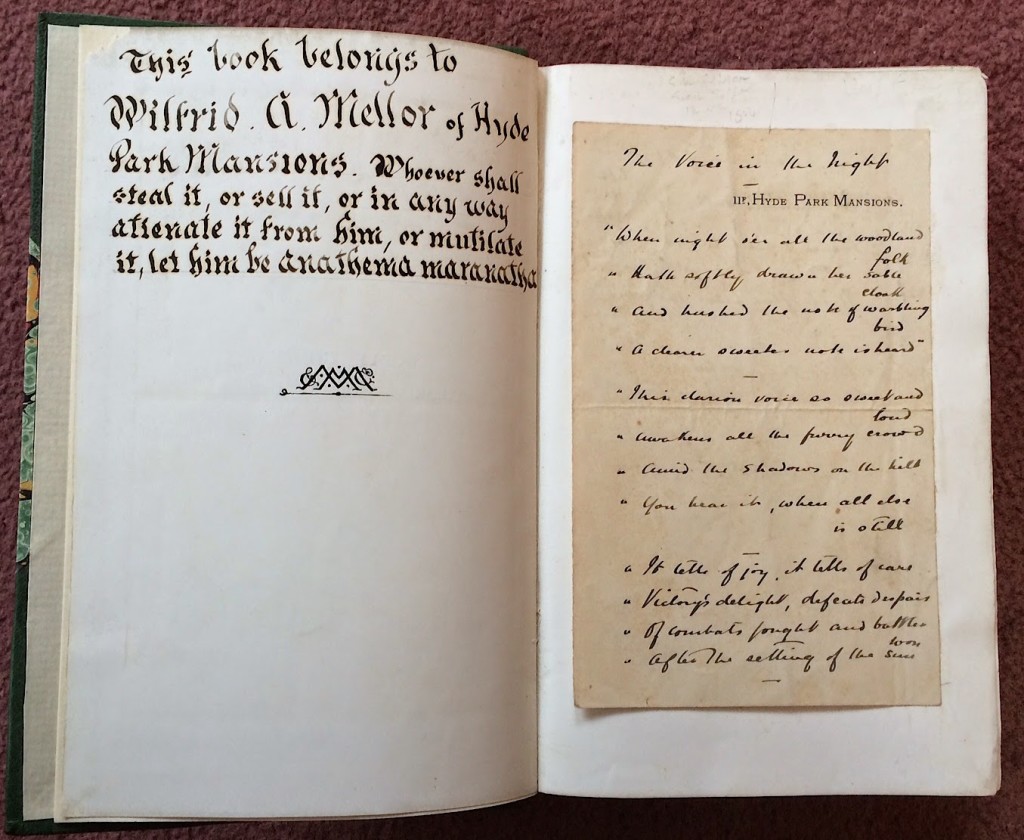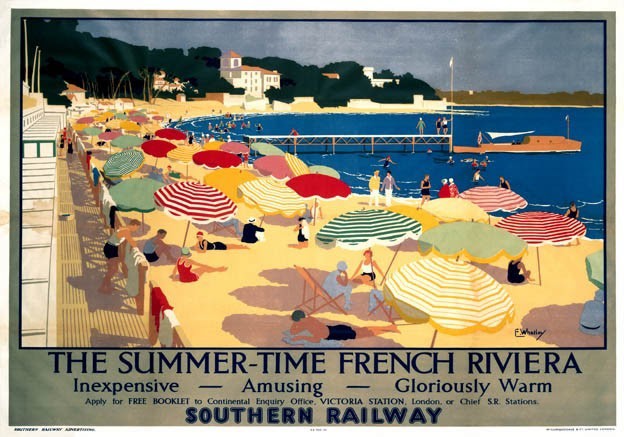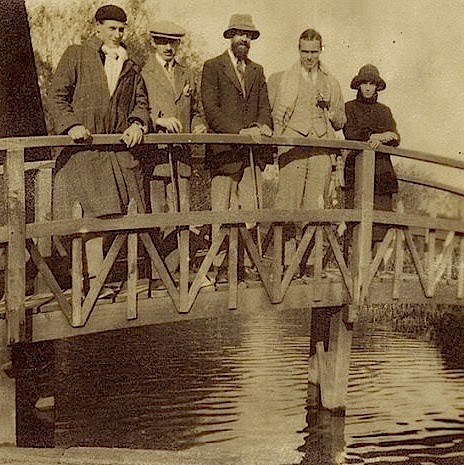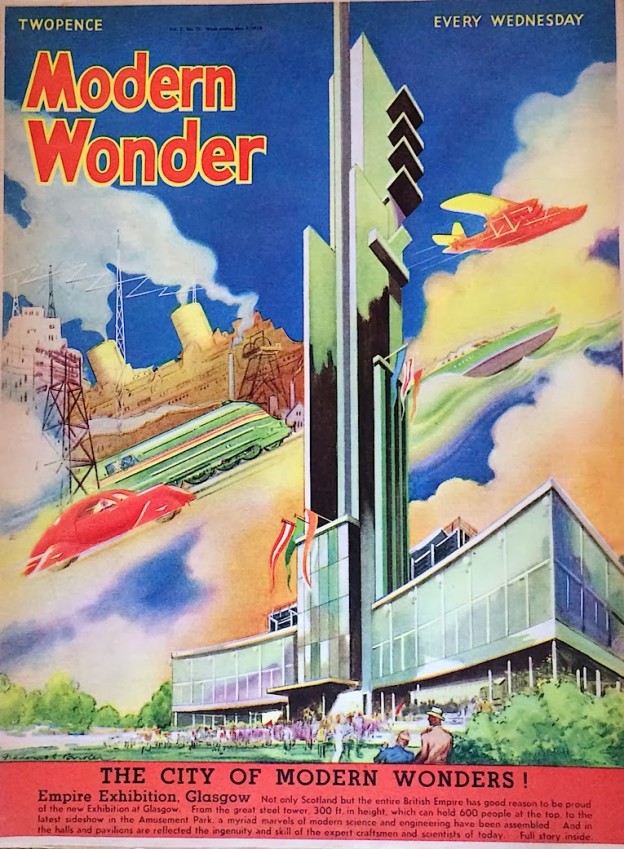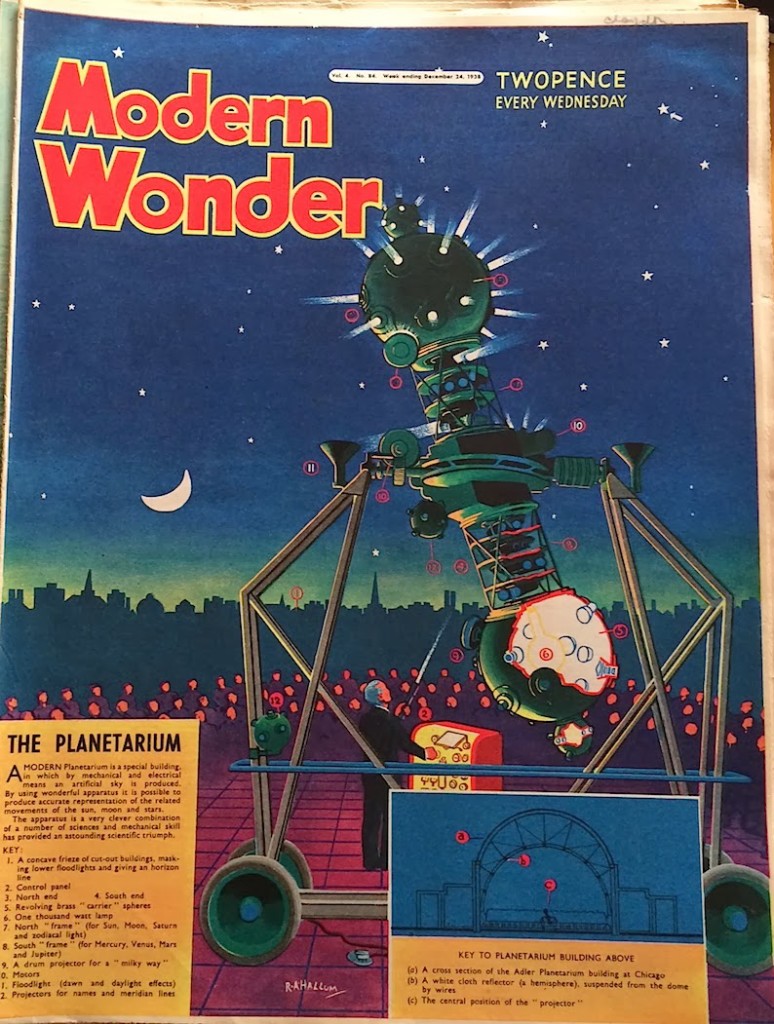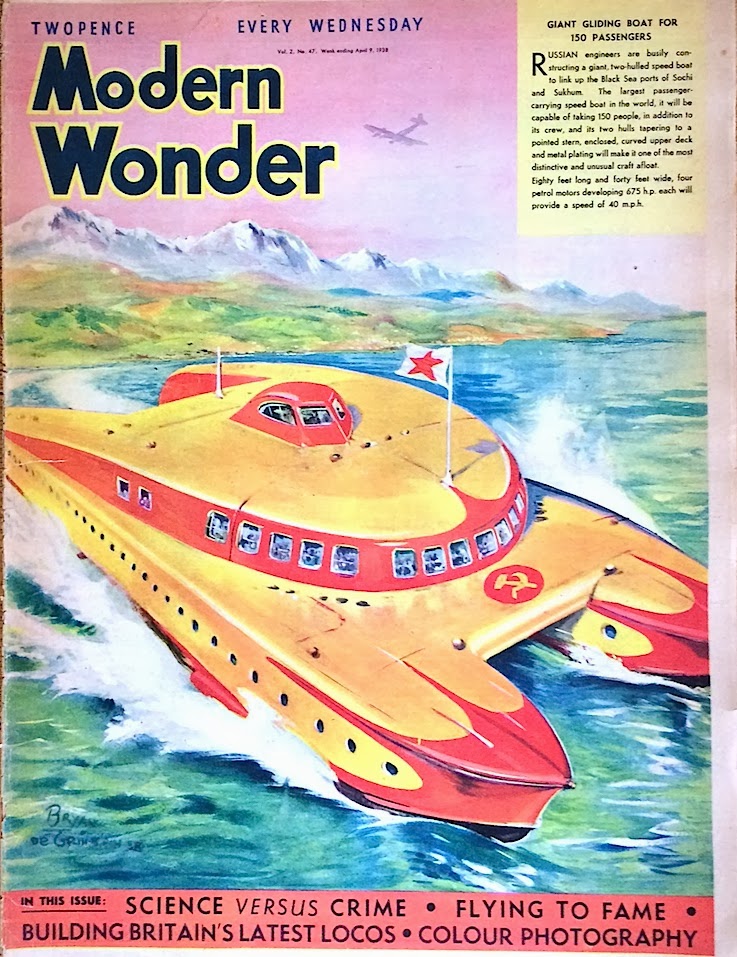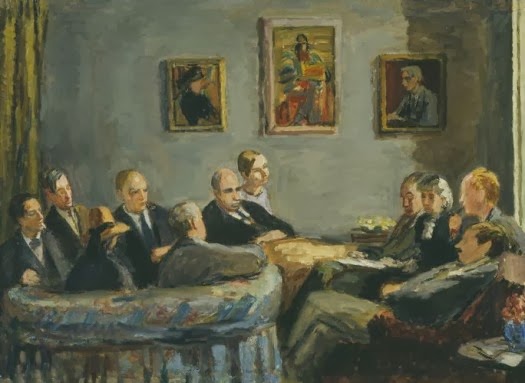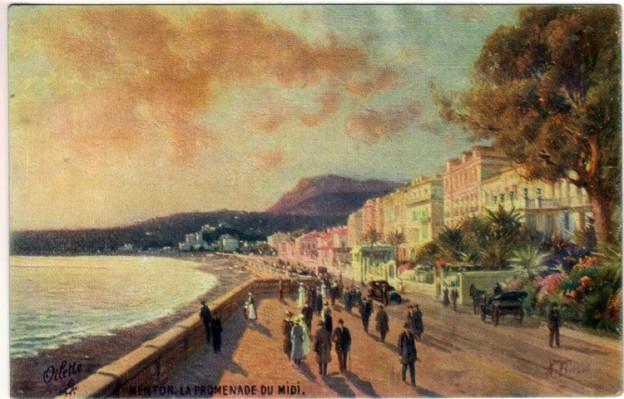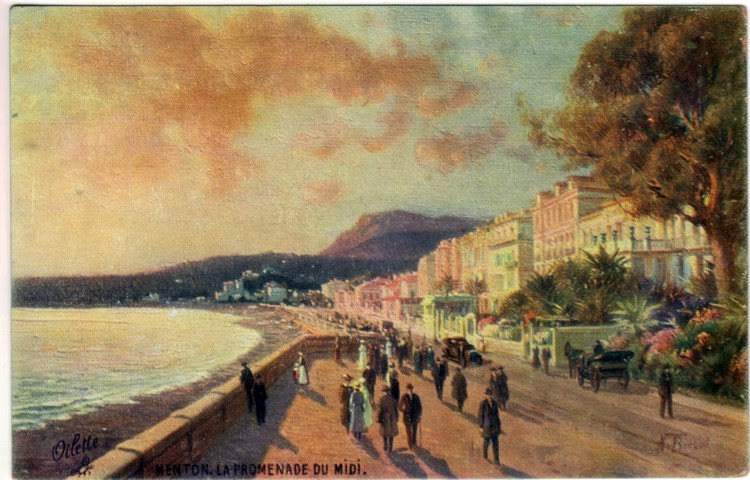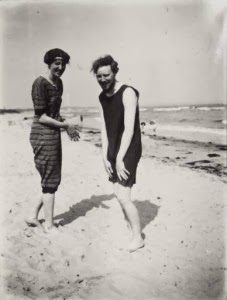
In Marlowe’s Doctor Faustus the hero greets Helen of Troy with two of the most famous lines in English literature:
Was this the face that launch’d a thousand ships
And burnt the topless towers of Ilium ?
It was always assumed (for some reason) that this arresting imagery could not have emanated new-minted from Marlowe’s imagination, and for years scholars tried to find a source. Classical texts were ransacked for clues and in 1938 the art historian W. S. Heckscher, writing in the Journal of the Warburg Institute, reported that in an exchange between Hermes and the cynic Menippus in Lucian’s Dialogues of the Dead he had discovered the following lines which had been prompted by the two men surveying a pile of skulls of the once famous, who included the former beauty, Helen of Troy:
Menippus: And for this a thousand ships carried warriors from every part of Greece;
Greeks and barbarians were slain, and cities made desolate.. (translation by F. G. Fowler )
Heckscher argues that this democratic dictum of mors omnia aeqat (in death we are all equal)-- that the facial characteristics of beauty and ugliness which distinguish us in life-- are wiped out in death, was quite common in the later period of the ancient world. He also speculates that the learned Marlowe probably met with the Lucian dialogue from the translation by Erasmus of circa 1535.
Of course, a similar message can be found on gravestones in Britain from the sixteenth to the eighteenth centuries. One epitaph that never fails to chill my bones accompanies a most life-like skull:
Remember man, as you walk by
As you are now, so once was I
As I am now, so shall you be ….
[RH]
Many thanks Robin...Eliot's lines from The Waste Land inevitably come to mind:
Gentile or Jew
O you who turn the wheel and look to windward,
Consider Phlebas, who was once handsome and tall as you.
Consider Phlebas? Good title for a novel...





